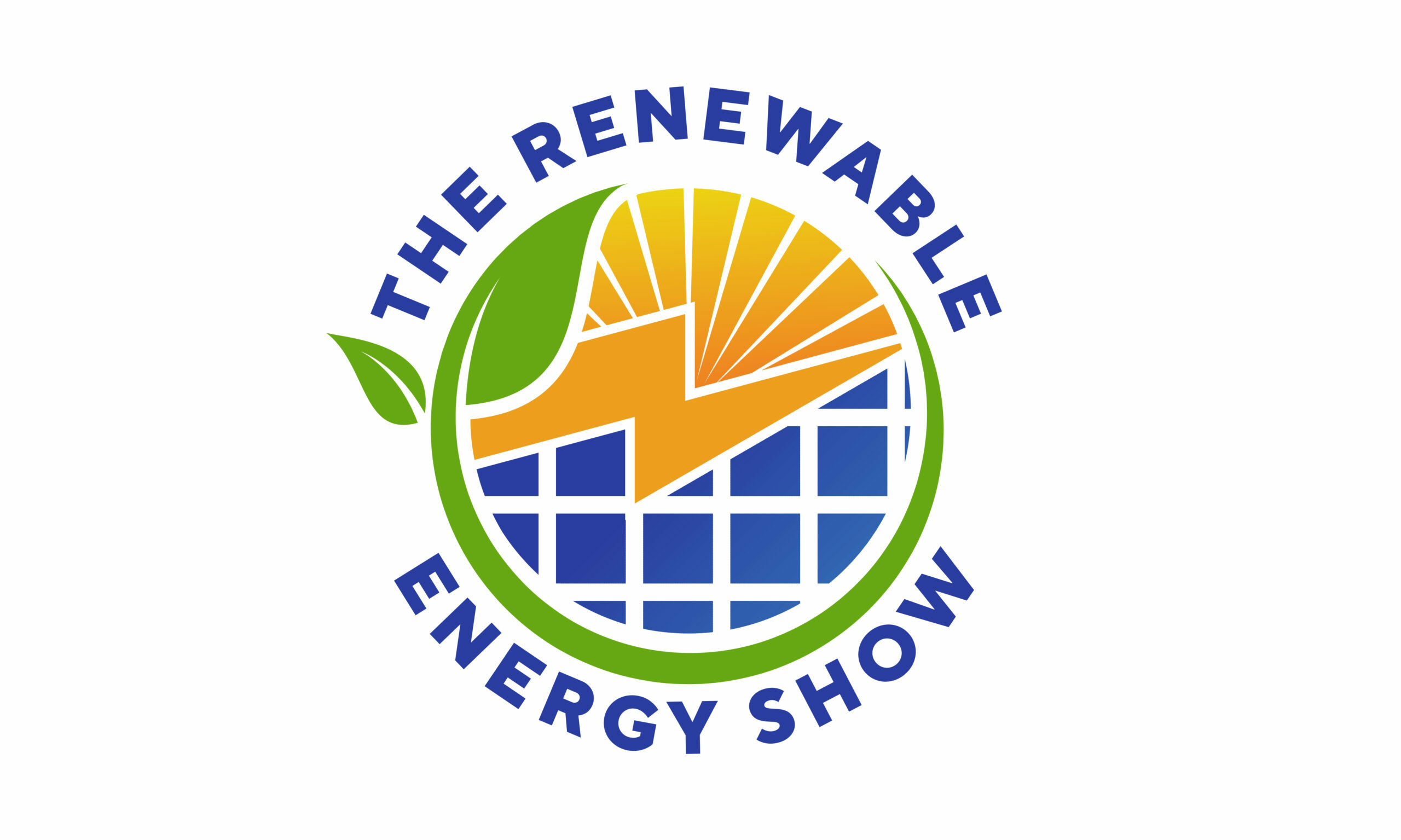As the world continues to grapple with the dual challenges of climate change and energy insecurity, one question looms large: what role will clean energy play in shaping our collective future? With renewable energy sources like solar and wind power on the rise, and governments around the globe committing to net-zero emissions targets, the prospects for a cleaner, more sustainable energy mix are brighter than ever. But what exactly does the latest clean energy landscape look like, and how are innovators and policymakers working together to accelerate the transition?
In recent years, the global clean energy sector has experienced explosive growth, with the International Energy Agency (IEA) reporting that renewable energy capacity increased by 21% in 2020 alone. Solar energy, in particular, has emerged as a leading contender, with the cost of solar panels dropping by over 70% in the past decade. This has made it more accessible to households and businesses, driving down emissions and creating new economic opportunities.
But the shift to clean energy is not just about technology – it’s also about policy and politics. Governments around the world are playing a crucial role in driving the transition, with many introducing measures to support the development of renewable energy sources, such as tax credits, feed-in tariffs, and auctions for renewable energy projects. The European Union, for example, has set bold targets to increase the share of renewable energy in its energy mix to 32% by 2030.
Despite these advances, however, significant challenges remain. Energy storage, for instance, remains a major hurdle, with the need for cost-effective and efficient technologies to store excess energy generated by intermittent sources like solar and wind power. Innovators are working tirelessly to address this challenge, with new players emerging in the energy storage space, such as companies specializing in battery storage and advanced materials.
Another critical area of focus is grid infrastructure, with many countries racing to upgrade their energy grids to accommodate the integration of more renewable energy sources. Smart grids, which use advanced technologies like IoT sensors and data analytics to manage energy distribution, are becoming increasingly important, enabling utilities to better balance supply and demand and reduce energy waste.
Innovative financing models are also playing a key role in driving the clean energy transition. Impact investors, for example, are increasingly investing in clean energy projects, providing critical funding for new technologies and business models. Green bonds, which are specifically designed to finance environmentally friendly projects, have become a popular tool for companies looking to raise capital for clean energy initiatives.
As we look to the future, it’s clear that clean energy will play a central role in shaping our world. With the right policies, technologies, and financing models in place, we can create a more sustainable, equitable, and prosperous energy future – one that’s powered by clean energy, not fossil fuels. So, what does the future of clean energy hold? One thing is certain: the next chapter in the clean energy story is being written right now, and it’s up to us to shape its narrative.
